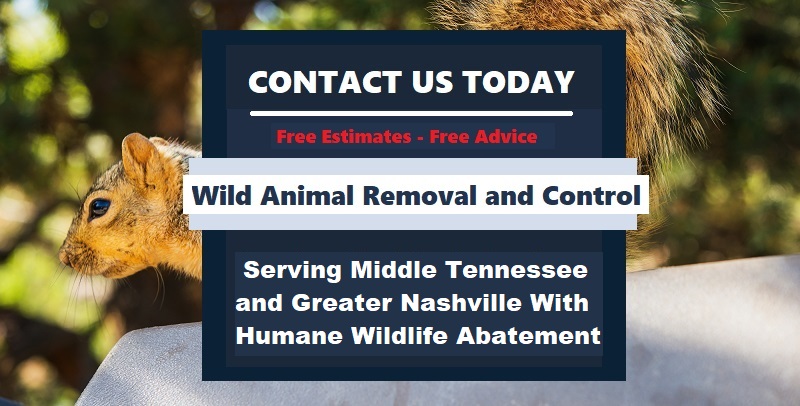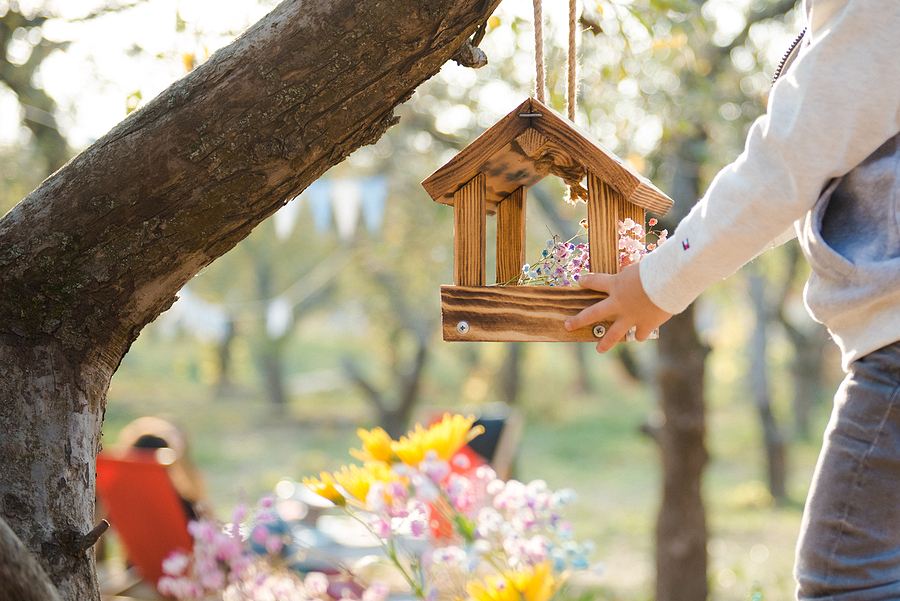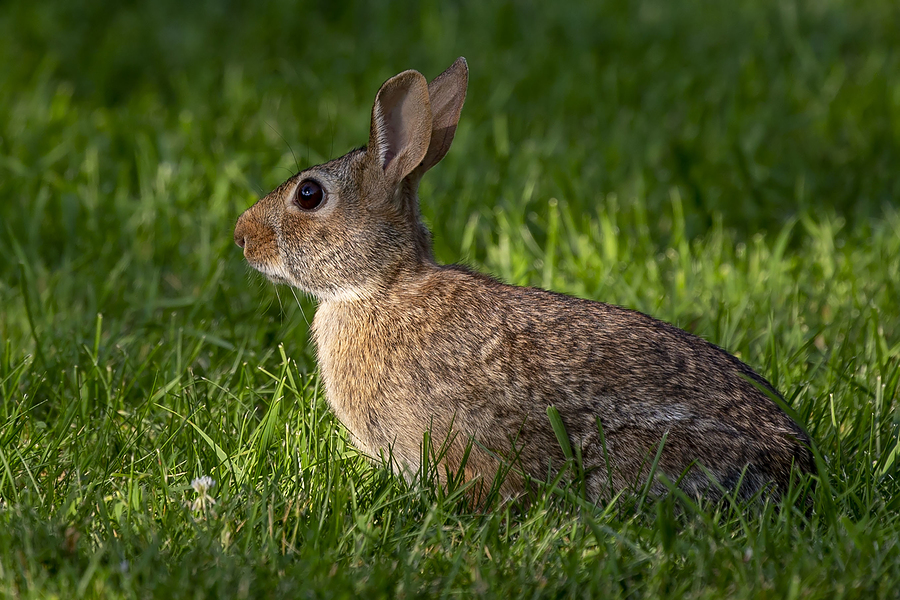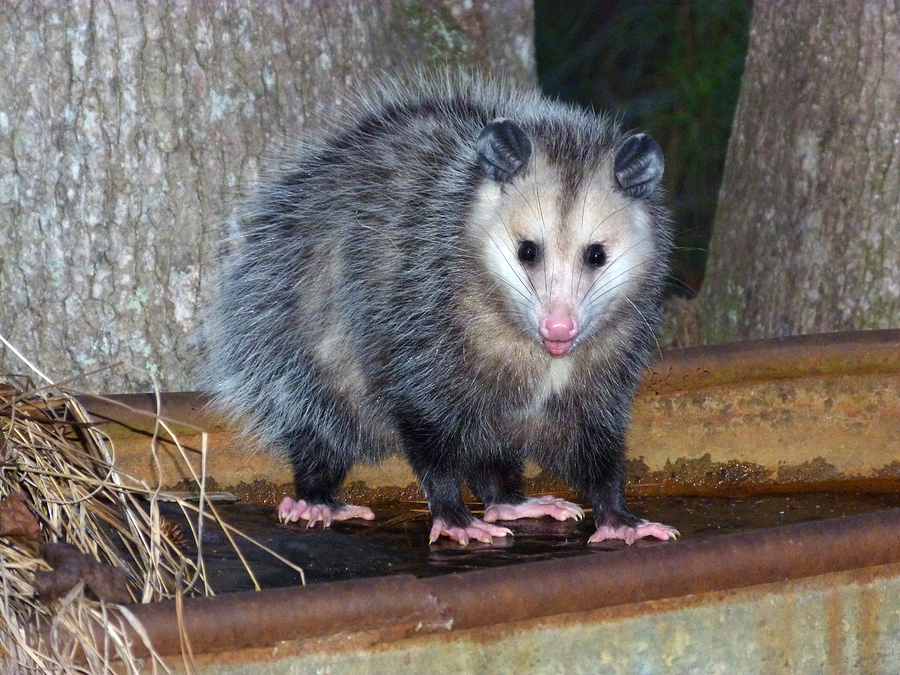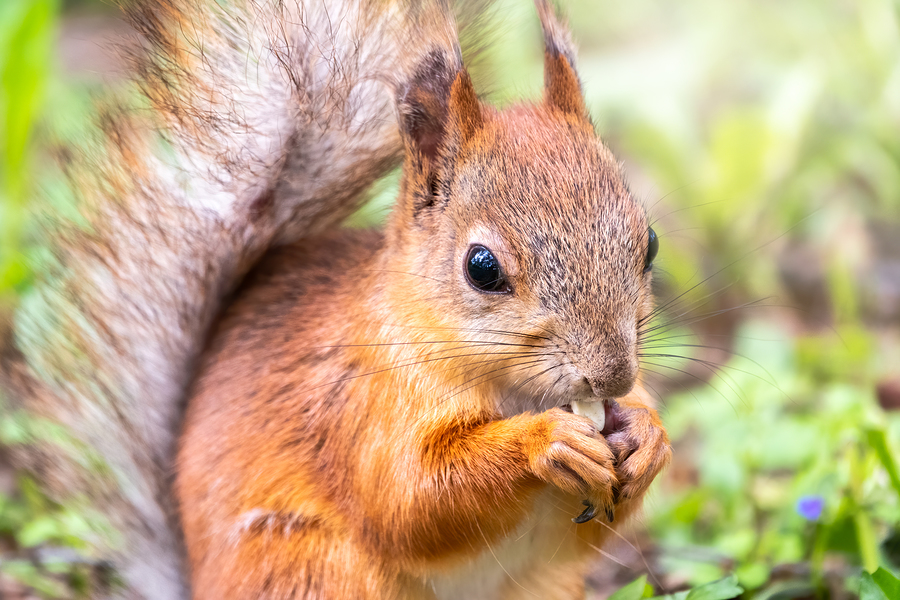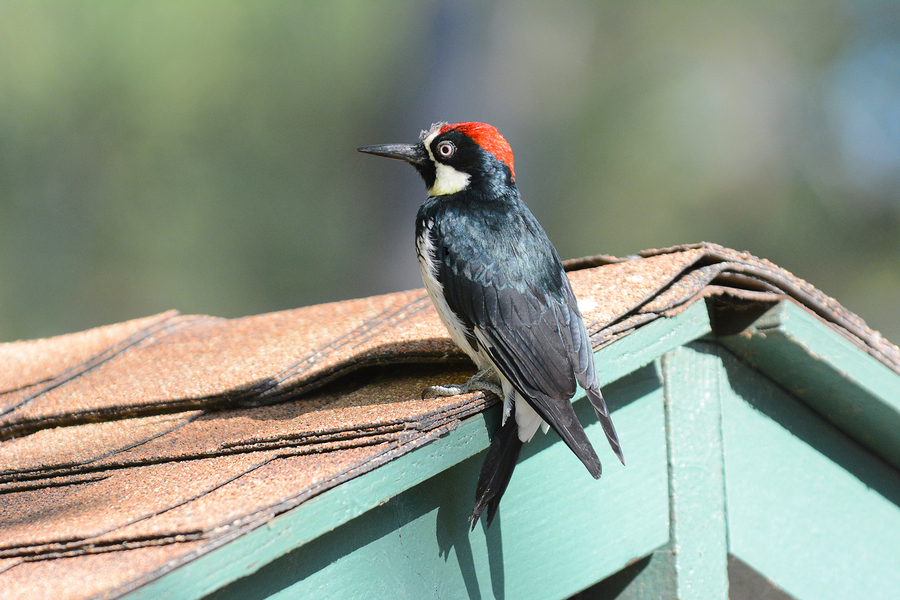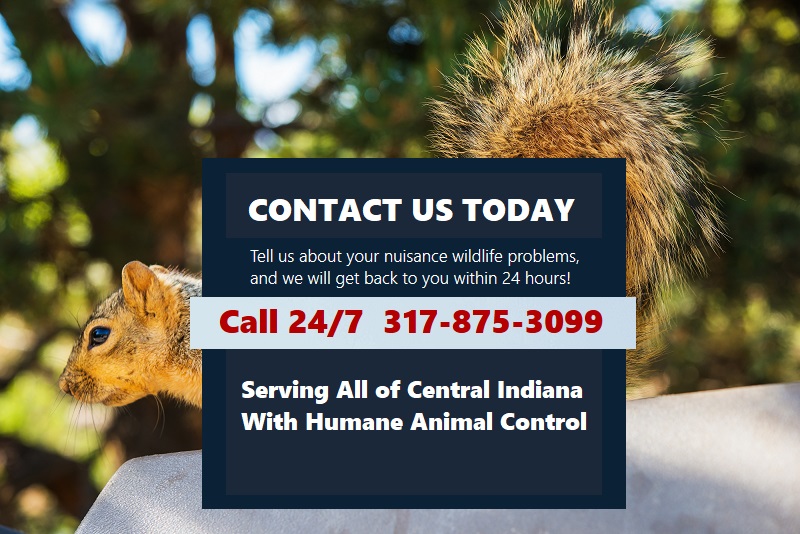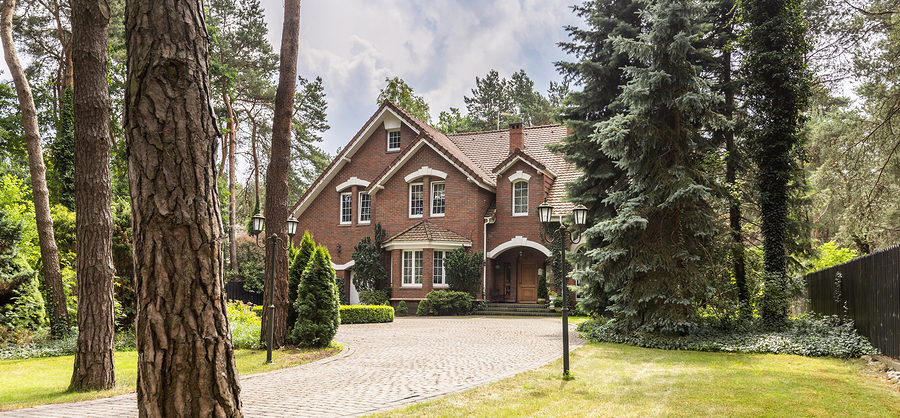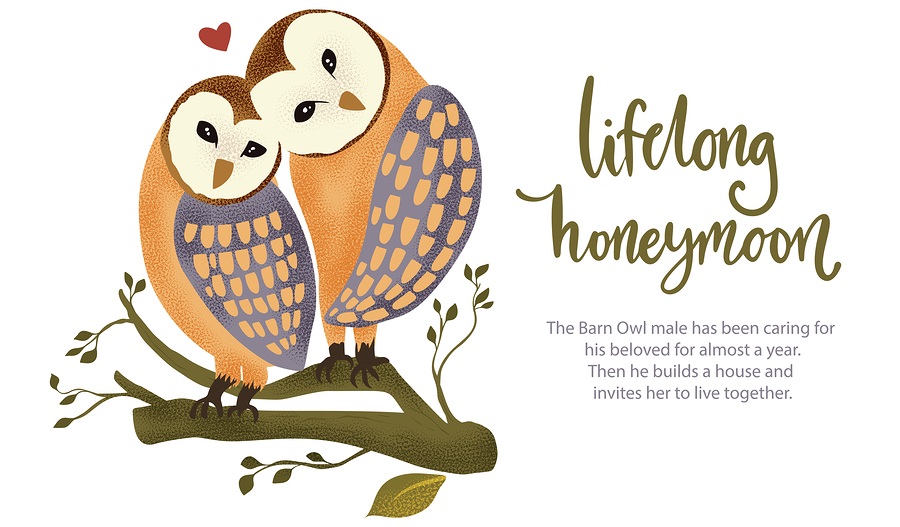Beavers might be mostly known for their dam building abilities along rivers and streams, but there is plenty more to know about these land and water mammals. Continue reading to learn some fun and interesting facts about beavers that you can share with your family and friends!
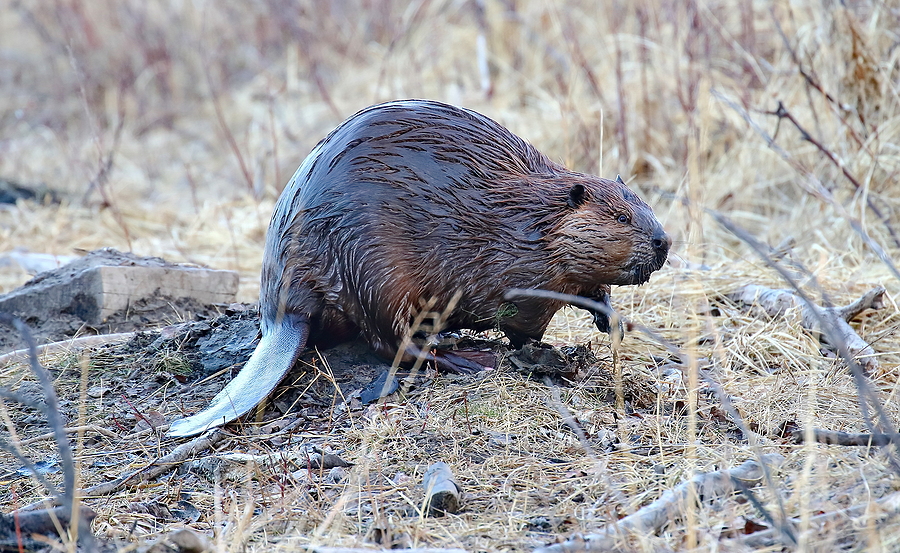
Beaver Facts You May Not Know
The North American Beaver, also called the “Canadian beaver”, is scientifically referred to as Castor Canadensis, which makes them part of the Castor genus and Castoridae family. Not only are they large semi-aquatic, rodents that are mostly nocturnal in nature, they are the largest rodent in North America. They have wide, flat tails that help them wade through water and sit up on land. They also use their tails to communicate with other beavers by slapping them on water to alert of nearby predators.
Here are some more interesting facts you may not have known:
Beavers are semi-aquatic. As semi-aquatic mammals, they can hold their breath and swim underwater for up to 15 minutes. They are fairly slow on land, but in the water, they are very fast.
Beavers have poor eyesight. Beavers do not see very well, but their senses of hearing, smell, and touch are very keen.
Beaver teeth never stop growing. The teeth of beavers grow at a continuous rate. This helps protect them against exponential wear and tear caused by gnawing.
Beavers are mostly nocturnal. For beavers, most of their activity takes place between the hours of dusk and dawn. Many people do not know this!
Beavers are a colonizing species. They cooperatively live in groups and work together to survive.
Beavers build intricate lodges. Beaver dams are also known as “lodges”, and they are complexly engineered to have a flood-free floor that sits above the water’s surface.
Beavers do not hibernate in the winter. Instead, they store up on bark to eat through winter, and their insulated dens keep them warm enough until the season is over.
Beavers are vegetarians. They eat inner bark of trees, as well as, cattails, water lilies, and other types of aquatic vegetation. They really love fruit too, so protect your trees and gardens!
Beavers never really stop growing. They can reach up to 55 pounds and live up to 24 years.
Beavers can be a nuisance to us. See our blog, “Be On the Lookout for Beaver Dam Problems This Fall” to learn more.
Nuisance Beaver Problems and Solutions
Although beavers are interesting to learn about, they are not necessarily a good thing to have around. If you suspect that your property is being targeted by beavers, or you have noticed some increased beaver activity, contact a licensed Indianapolis animal removal and control company for professional intervention. They have the proper permits, training, and experience to provide safe, non-lethal beaver removal that adheres to the state and federal laws that govern wildlife.
Licensed Beaver Removal and Control in Indianapolis, Indiana
Call Budget Animal Removal at 317-875-3099 for fast and affordable assistance with nuisance beavers in Indianapolis, Indiana. Our DNR licensed wildlife removal specialists offer wild animal abatement services, cleanup and minor restorations for animal damages, 24 hour emergency service, free estimates, and more! Request a free estimate, today.


